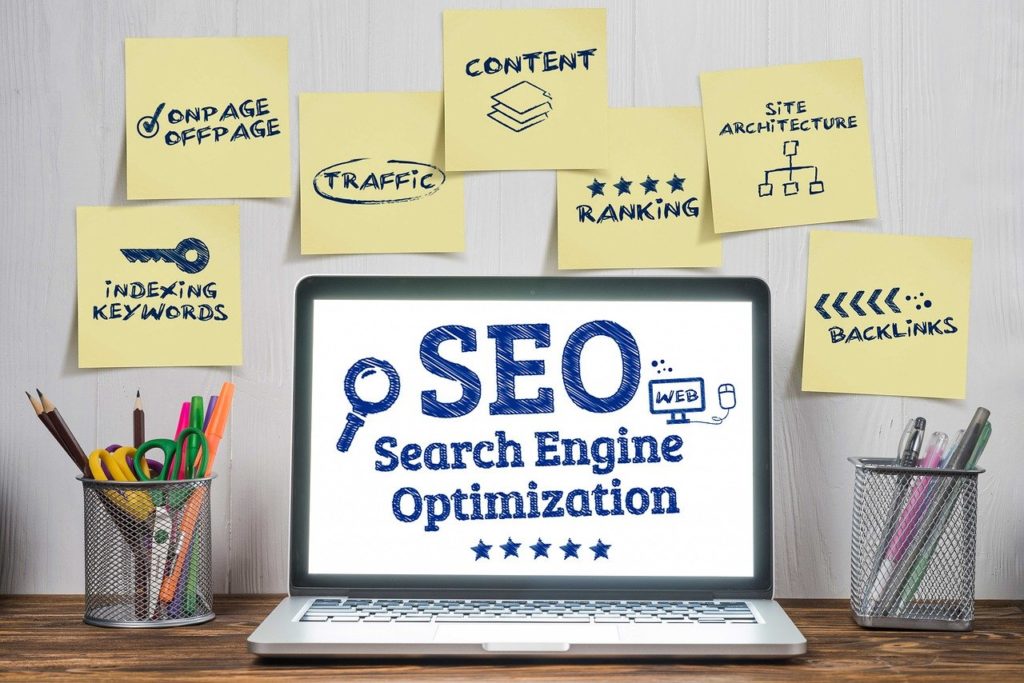In a world where millions of people are using social media daily, every marketing professional should be familiar with the main tenets of digital marketing. In simple terms, digital marketing is the process of promoting products or services over the Internet or any electronic media.
But before the advent of digital marketing, businesses largely depend on traditional marketing platforms. Back then, there were no social media and pay-per-click (PPC) services that will help businesses reach their target audience. Instead, they settled for offline avenues, such as TV, radio, newspapers, billboards, and other print materials.
Like any other industry, digital marketing continues to evolve along with the introduction of new technologies. The time will come when the digital market takes over every marketing platform. But to keep up with digital marketing developments, it is necessary to understand how digital marketing has grown over the years. Learning about its roots will help you appreciate its history and develop modern-day marketing techniques.
Get to know the evolution of digital marketing and its implication to the growing online community.
The advent of search engines
In 1991, Tim Berners-Lee launched the World Wide Web, but it didn’t create much impact until Netscape, the first well-known browser, made its debut in 1994. As more people discovered the advantages of web browsing, more search engines joined the fray. One of them is Google, which made its first appearance in the late 1990s.
A search engine works by crawling web pages and storing them for future retrieval based on keywords used in search queries. This gave rise to what we now know as search engine marketing (SEM), the practice of marketing websites and businesses by increasing their visibility through paid advertising and search engine optimization (SEO). It was when marketers started using early SEO techniques, such as excessive tagging, keyword stuffing, and backlinks, to obtain higher rankings.
The social media boom
After the Dot-com bubble burst in 2001 and the early hype of the Internet and search engines, marketing strategies started to shift. Marketers placed greater emphasis on inbound marketing through collaboration, user-centered design, and information sharing.
By the early 2000s, the social media boom began. LinkedIn came in early in 2002, followed by MySpace, Facebook, and Twitter.
These social media sites enable businesses to reach a wider range of global audiences. Facebook offered a self-service advertising platform for business pages. At the same time, commercial brands used paid ads to reach their target audiences and worked with social media influencers to market their products among their followers. Meanwhile, Internet users began to share more personal data online.
Mobile-based marketing
When Google began its project called Accelerated Mobile Pages (AMP), businesses could utilize SEO optimization for their mobile sites. This strategy aims to improve the loading times of web pages on hand-held devices, such as smartphones and tablets. AMP also became a framework to create a better user experience.
By 2019, there was a significant increase in web traffic because of widespread mobile phone usage. From 16.2% in 2013, web traffic reached 52.2% by 2019. The combination of the AMP initiative and increasing mobile usage made marketing campaigns not only accessible on big computers, but users can now view them on smaller screens as well.

Targeted marketing campaigns
The reliance on consumer data in creating marketing campaigns became another major milestone for digital marketing. Through customer relationship management (CRM), brands developed long-term relationships with their target customers using data-driven marketing tactics.
CRM tools allowed businesses to maximize the use of consumer data through performance analytics. As a result, companies were able to target audiences, increase customer satisfaction, and predict purchasing habits. As businesses learn how to predict customer behavior, they can now accurately gauge their marketing performance.
Interactive content
The most important goal for any business is to foster a sense of loyalty and increase customer engagement. From this idea, more companies offered high-quality interactive content in the form of social media contests, immersive application experiences, online games, and more. These strategies led brands to attract more audiences and sustain their attention. At present, voice search is one of the latest digital marketing trends that allows more businesses to gain more traffic.
Based on the existing trends, it is likely that the role of technologies in digital marketing will become more apparent in the years to come. More businesses will maximize artificial intelligence in e-commerce transactions, content creation, and product recommendations. This includes chatbots with natural language processing capabilities that can interpret customer queries and respond to them like real humans.
The digital marketing field is in a continuous state of development. A marketing professional must find ways to keep up with the changing trends and consumer tastes. This way, it will be easier to figure out the best marketing practices while learning how to integrate them with emerging technologies.

